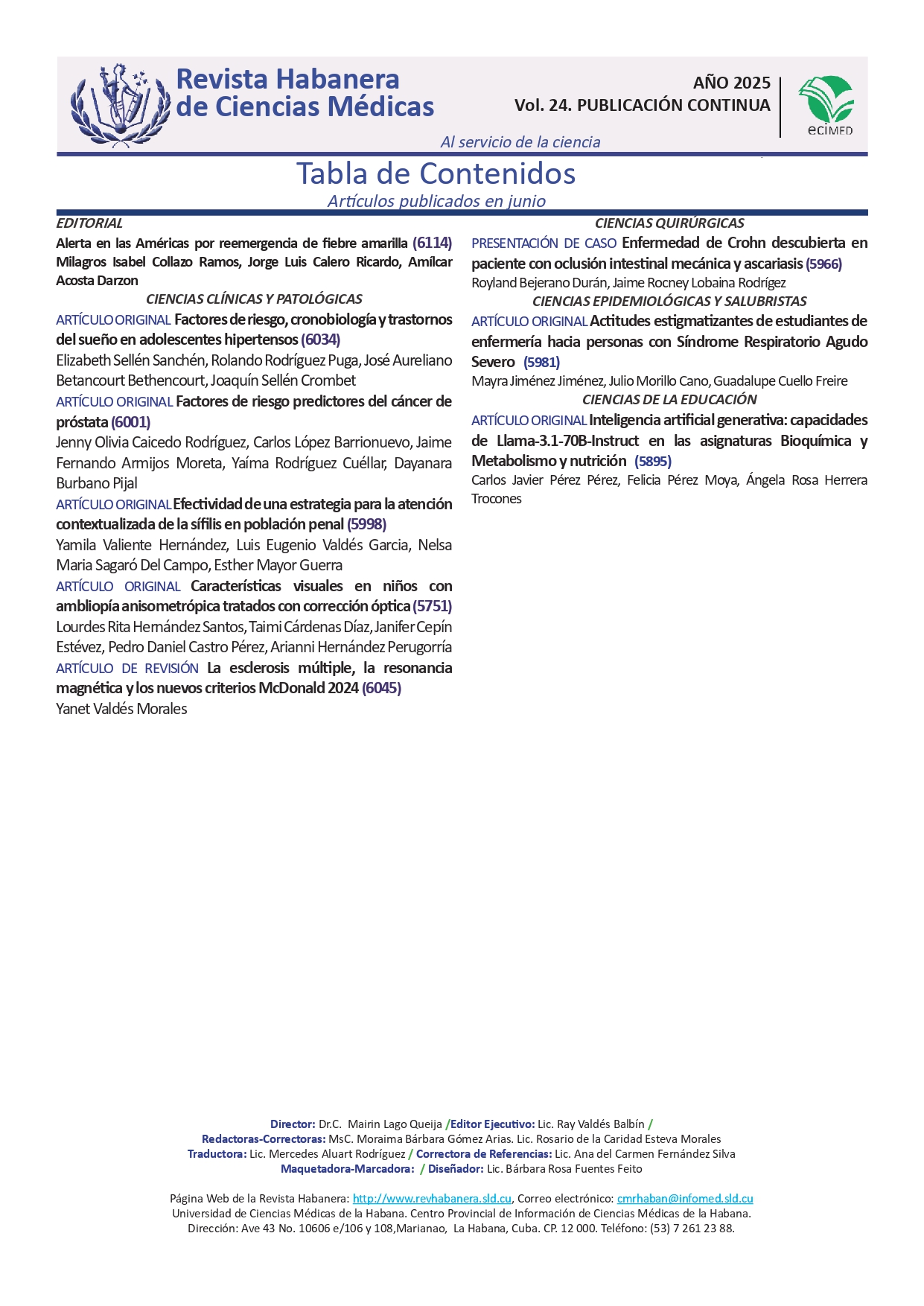Artificial intelligence and Biomedicine: A narrative review
Keywords:
Biomedicine, biomedical research, artificial intelligenceAbstract
Introduction: Artificial intelligence has transformed biomedical research, enabling significant advances in the diagnosis, treatment, and understanding of diseases. Its ability to process large volumes of data has fostered more precise and personalized medicine.
Objective: To expand understanding of current scenarios where Artificial Inteligence is integrated with biomedicine, highlighting its applications, benefits, and associated ethical challenges.
Materials and Methods: A narrative review of the scientific literature published between 2015 and 2023 was conducted. Databases such as PubMed, Scopus, Web of Science, and SciELO, as well as reports from the WHO and the OECD, were consulted. Inclusion criteria were applied to relevant studies in biomedicine and Artificial Inteligence, with peer review and full text available. Thematic selection and analysis were performed by two independent reviewers.
Results: Sustained growth was identified in research on Artificial Inteligence applied to biomedicine, especially in personalized medicine, medical robotics, and drug discovery. Advances in diagnostic imaging, genomic analysis, and clinical recommendation systems are highlighted. Significant challenges were also identified, such as algorithmic bias, model opacity, and data protection.
Conclusions: Artificial Inteligence represents a disruptive tool with great potential in biomedicine, but its implementation requires strong ethical and legal frameworks, transparency in algorithms, and collaborative actions to ensure its equitable, safe, and reproducible application in clinical and scientific settings.
Downloads
Downloads
Published
How to Cite
Issue
Section
License
Copyright (c) 2025 Revista Habanera de Ciencias Médicas

This work is licensed under a Creative Commons Attribution-NonCommercial 4.0 International License.
All the content of this magazine is in Open Access, distributed according to the terms of the Creative Commons Attribution-Noncommercial 4.0 License that allows non-commercial use, distribution and reproduction without restrictions in any medium, provided that the primary source is duly cited.


